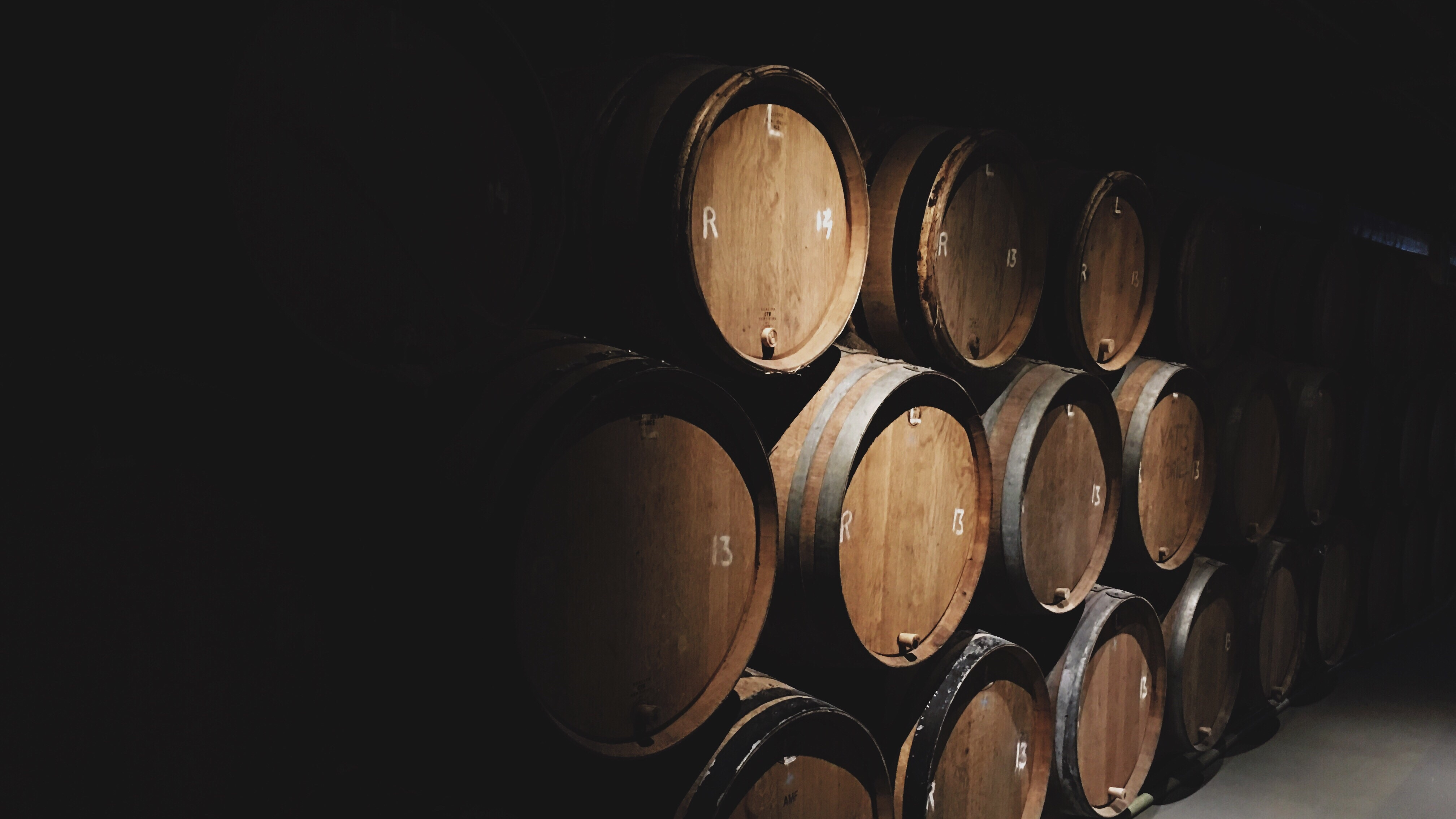Wine Production Reaches 60-Year Low, But Don't Blame California Wildfires
Good morning! In a move tailor-made to sour my day, Forbes reports that global wine production in 2017 dropped more than 8 percent from 2016, marking a 60-year low. In its annual report on the state of the industry, the International Organisation Of Vine And Wine also notes that wine consumption is up overall, meaning that prices will rise and I will continue to spend more than I should in hopes of finding the perfect affordable Grenache-Syrah blend.
The causes are about what you'd expect. Take it away, Forbes doomsayers:
Poor weather conditions—including spring frosts, severe storms and summer drought—in the European Union are to blame for the historically low harvest figures, last seen in the 1950s... Though an overall wine shortage crisis isn't immediately imminent, a pattern of annual low output could be an eventual problem, particularly if it were to impact wines meant to age for a few years. According to a report from the European Academies Science Advisory Council in March 2018, there is evidence of 'overall increases in the frequency and economic costs of extreme events.'
In a nutshell, really big bad catastrophes are happening more often, and they're getting more expensive, which means we're getting less wine at higher prices, just when we need it most.
It's not all bad news, however. There's one "extreme event" that proved less devastating to the wine industry than one might expect:
Though harvest was light in some parts of the [United States], California crushed slightly more wine grapes in 2017 according to the 2018 Silicon Valley Bank Wine Report—despite wildfires that damaged parts of wine country last fall.
Forbes also notes that Oregon will "will yield a record-breaking production year," meaning we can expect to see more Willamette pinots at hopefully lower prices. I'll take good news where I can get it. And hey, that's at least one positive contribution the U.S. is making to the world.
